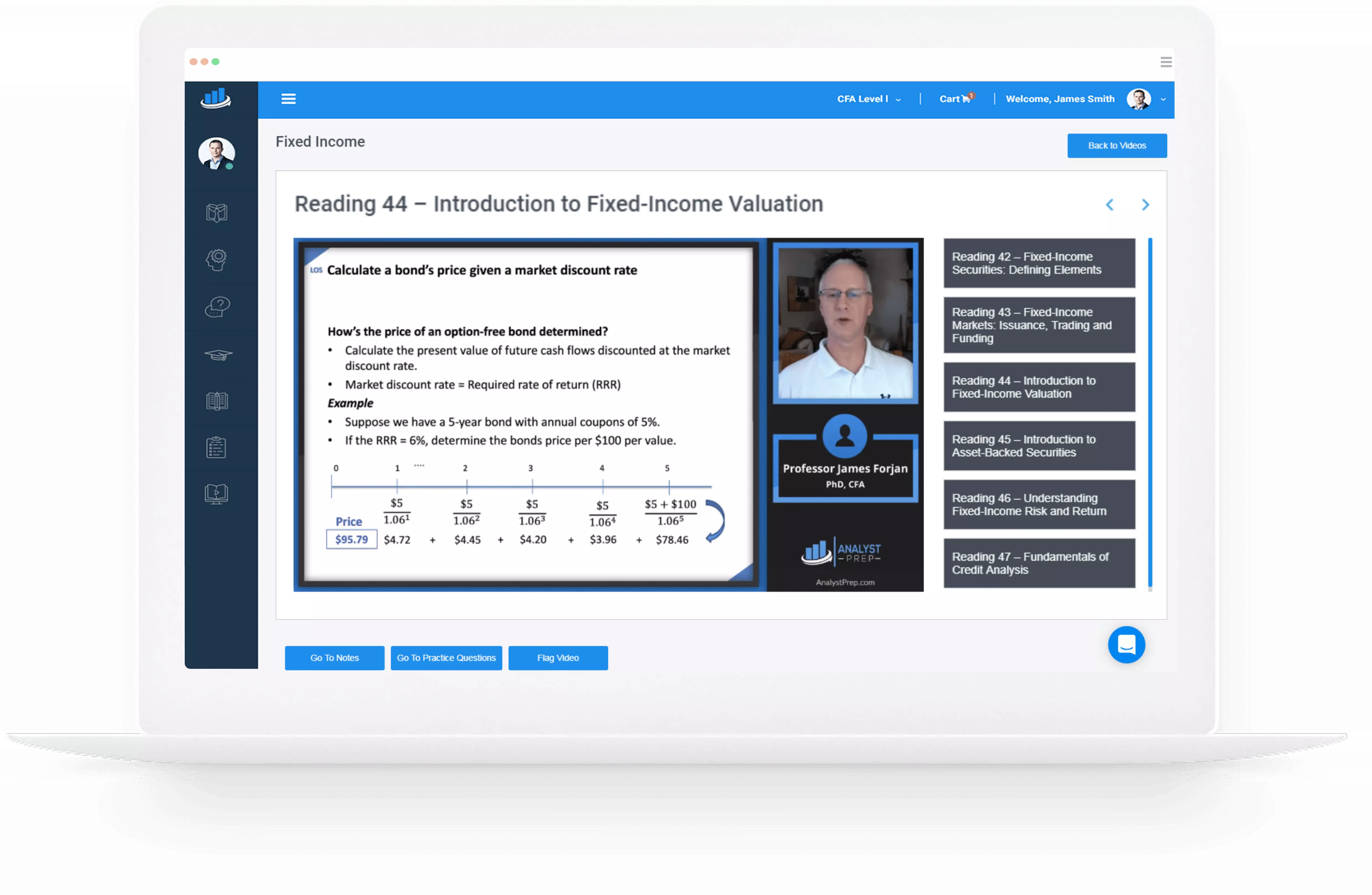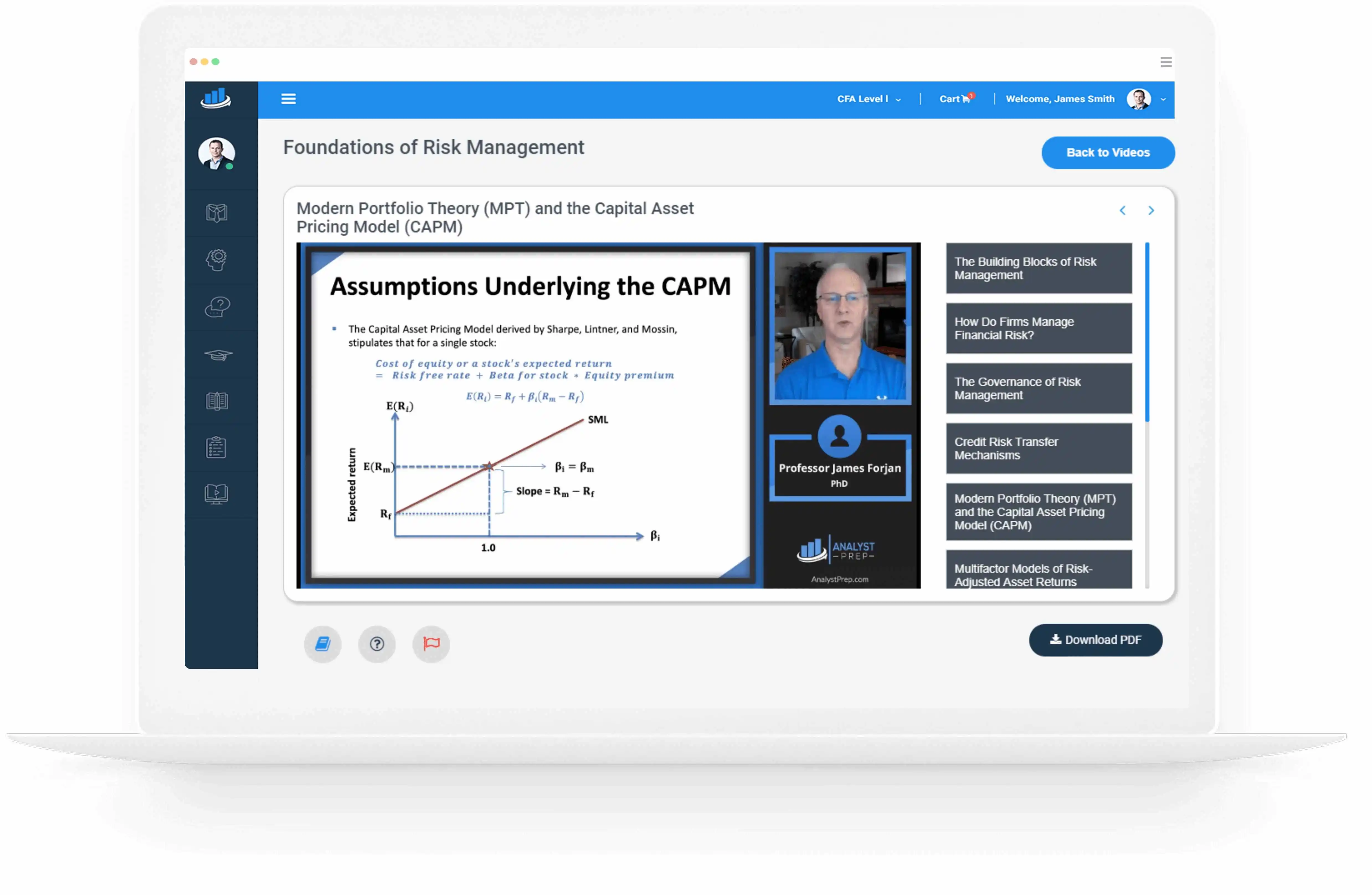Liability-Relative Asset Allocation
Liability-relative approaches first view the cash flows of the sponsoring organization in question and then attempt to build a portfolio of securities that will satisfy these payments as they come due. This is in contrast to the popular asset-only approach…
Characteristics of Liabilities Relevant to Asset Allocation
Aside from the well-known asset-only approach to asset allocation, other options are available to financial professionals. Another lens to view asset allocation involves thinking not of an already constructed portfolio of assets but first viewing the liabilities under the portfolio’s…
Use of Investment Factors
Until this point in the curriculum, risk has been looked at through an asset class perspective, answering the question, ‘What risks are inherent in each asset class?’ Switching to a new paradigm, portfolios may be constructed when viewing risk not…
Client Needs and Preferences VS. Asset Allocation
Client needs, and preferences would seem to be a qualitative factor. How, then, would an analyst include these factors into the quantitative models required to analyze a portfolio from the perspective of modern portfolio theory? The following three approaches are…
Absolute and Relative Risk Budgets
Risk budgeting is a means of making optimal use of risk to pursue return. A risk budget is optimal when the ratio of excess return to marginal contribution to total risk (MCTR) is the same for all assets in the…
Asset Class Liquidity Considerations
The problem of illiquid assets complicates traditional asset allocation. Some of the most prominent investments in this category include direct real estate, infrastructure, private equity, and hedge funds. Illiquidity and Lack of Investable Index Illiquid assets represent those for which…
Use of Monte Carlo Simulation and Scenario Analysis
Shortcomings of Mean-Variance Optimization As discussed, mean-variance analysis can help investors and advisors begin to zero in on an asset allocation while considering asset correlations, total return, and total risk. Effectively use of MVO will result in a specific set…
Global Classification of Asset Classes
The global market portfolio is the weighted sum of every asset globally. It represents a well-diversified asset allocation that can serve as a baseline approach and help mitigate concentrated outputs often arrived at by MVO. The asset mix is adjusted…
Asset Allocation Relative to an Investor’s Economic Balance Sheet
An economic balance sheet differs from a traditional balance sheet as it includes tradable financial assets and non-tradable extended assets and liabilities. Extended assets often include the relatively large values of residential real estate and the present value of human…
Models for Fixed Income Returns
Accurately modeling fixed income return involves carefully considering all potential factors contributing to gains and losses when holding the security. The model can produce precise output by thoroughly examining each component and applying sound financial concepts. Though the process may…




